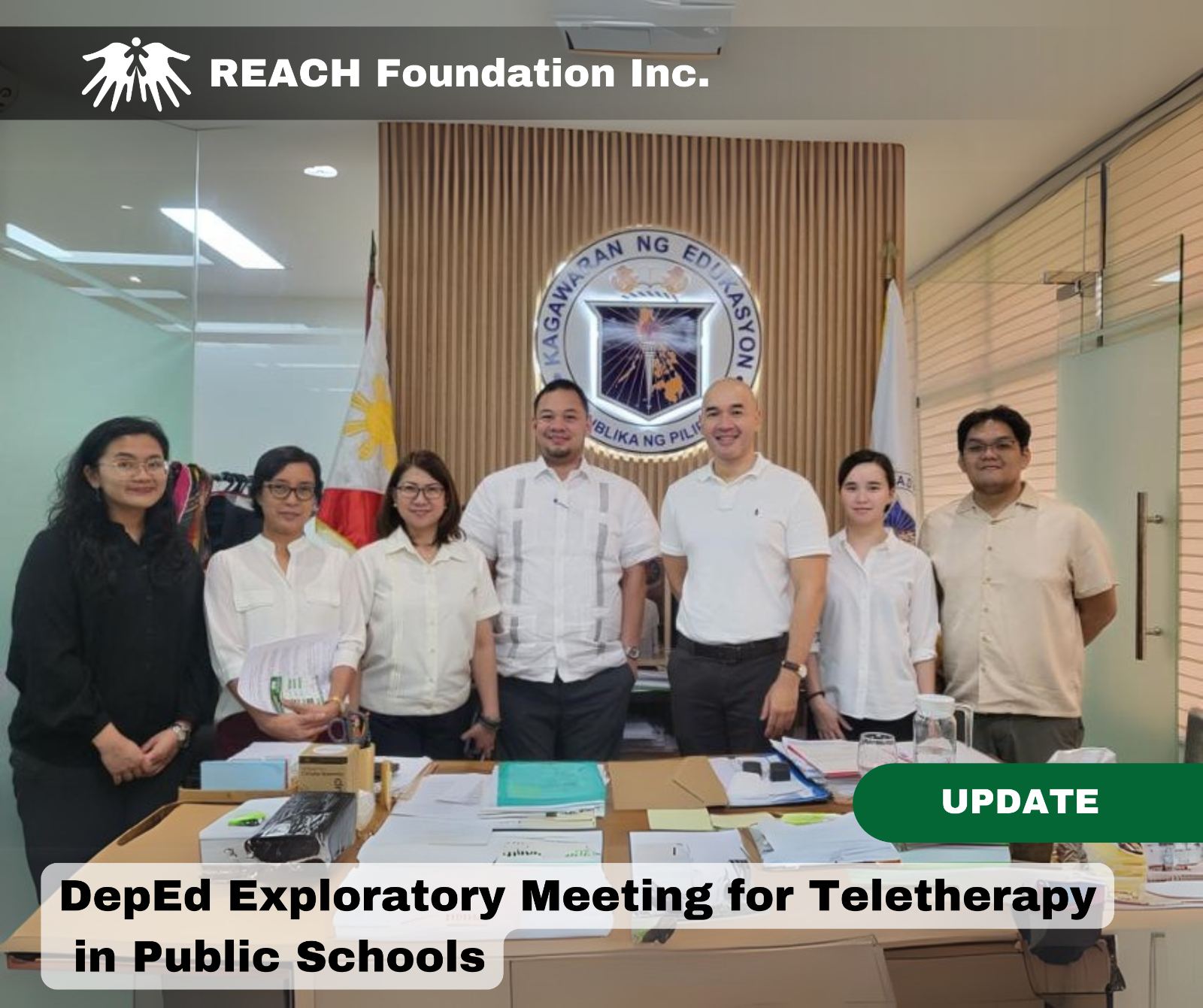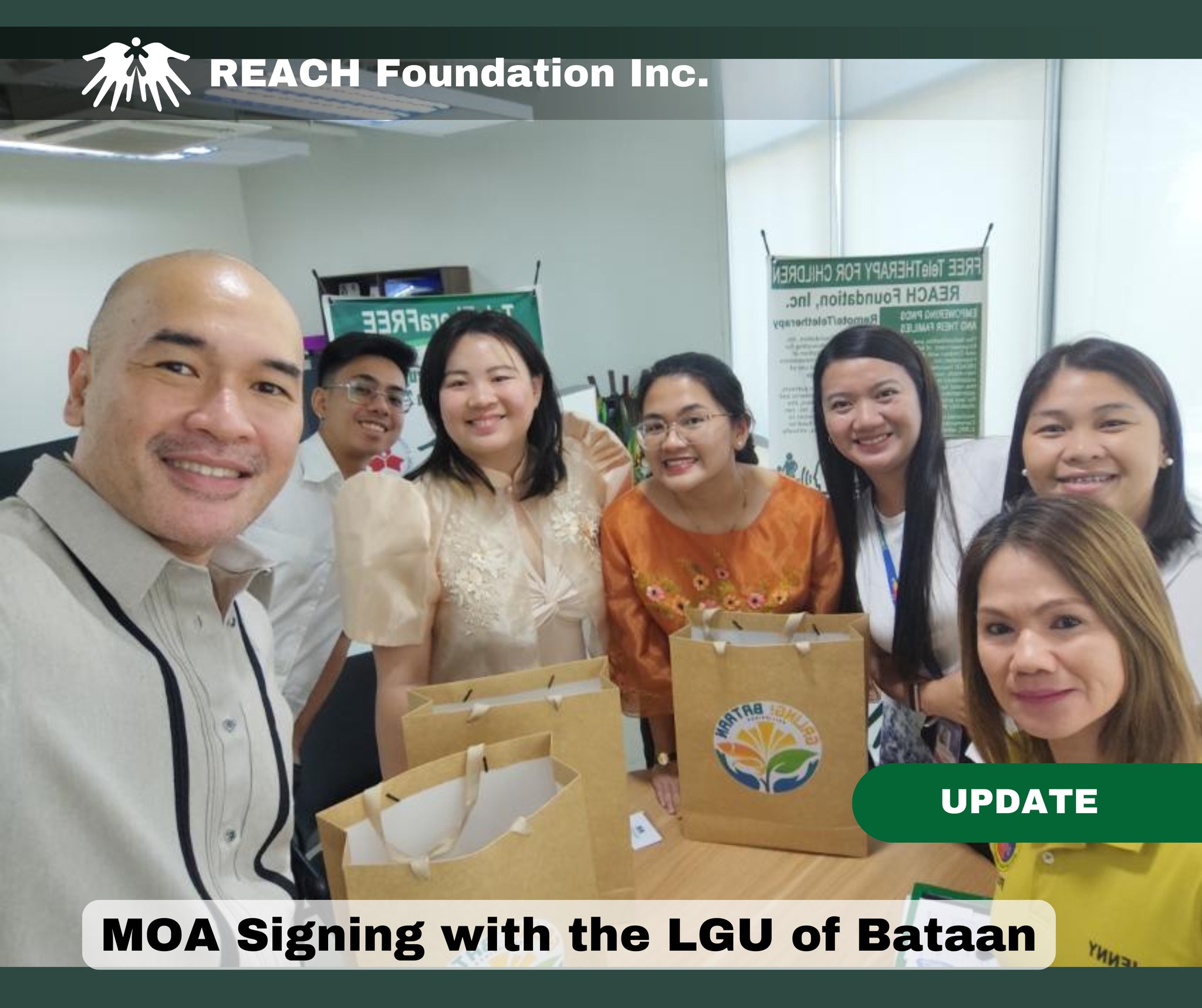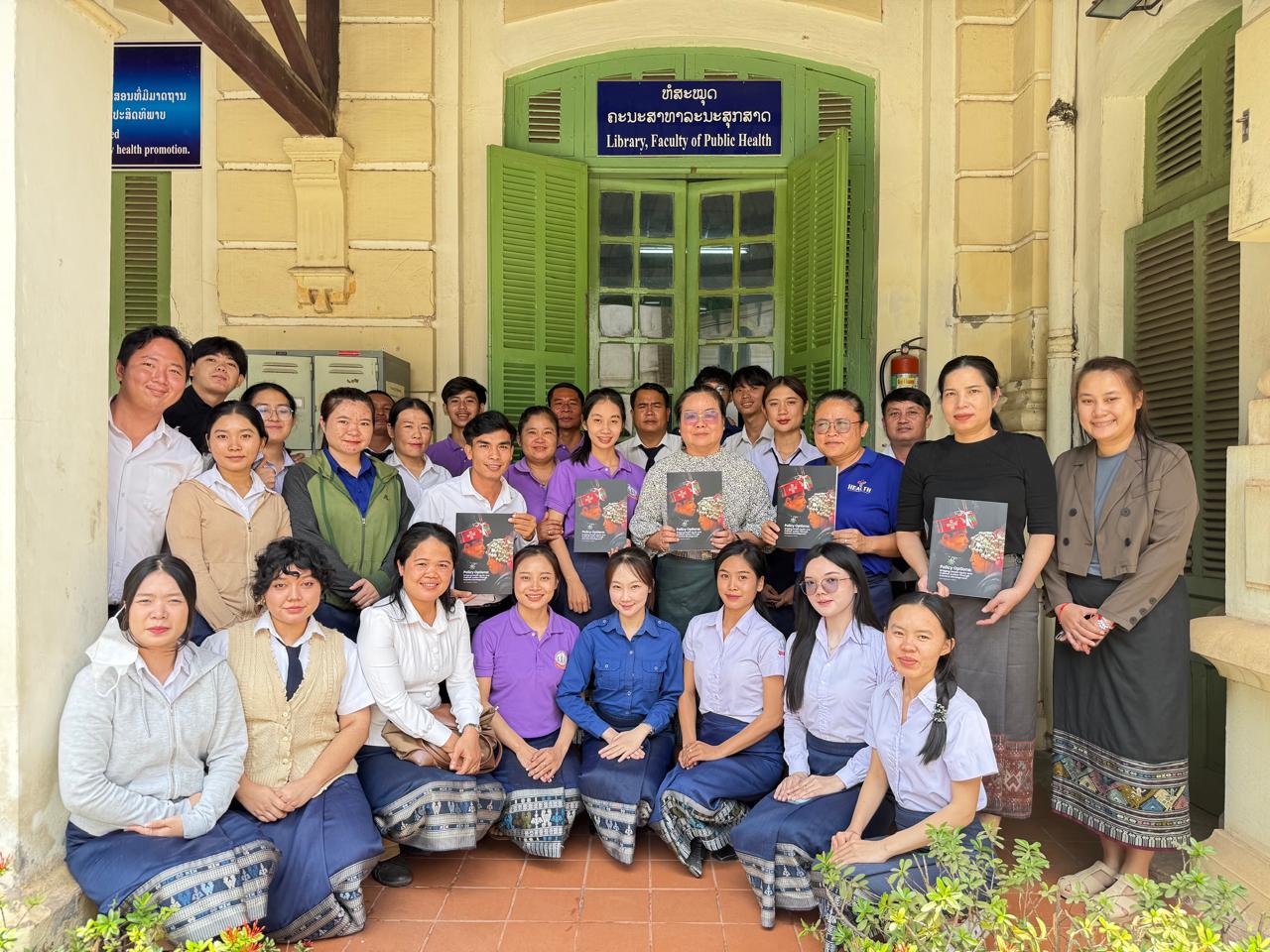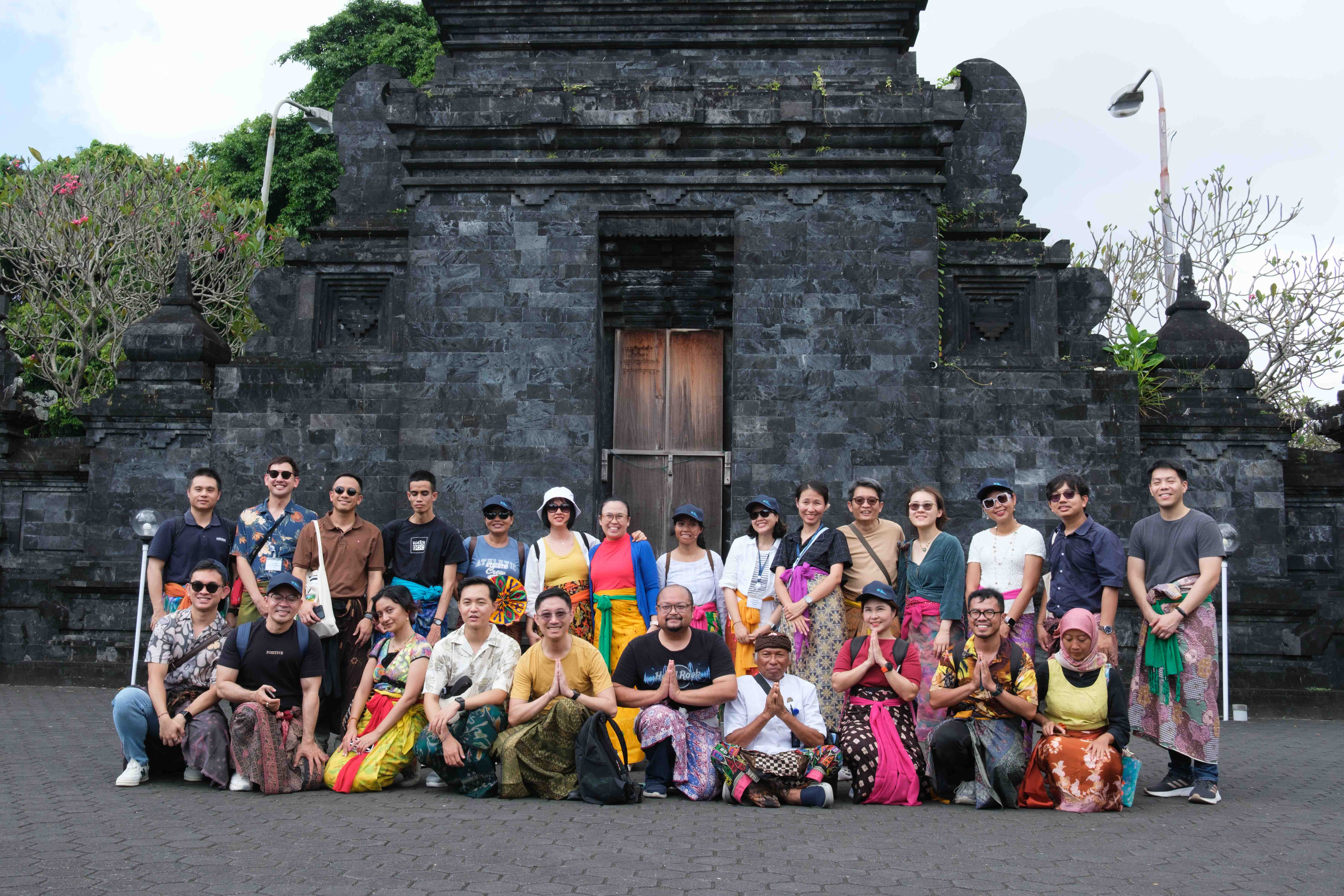TeleTheraFree: Catalyzing Community-Based Teletherapy in the Philippines
This story is part of a new series highlighting the work of Equity Initiative (EI) Fellows during the Community Building phase of the Equity Initiative program-a lifelong commitment to advancing health equity across Southeast Asia and China. Through China Medical Board(CMB)/EI grants like the Community Building Fund, Fellows lead innovative, locally grounded solutions that address pressing social and health challenges.
Pictured above: The signing of the Memorandum of Agreement with the Local Government Unit of Bataan
|
Community Building Fund Project Snapshot: Institutionalization of Teletherapy and Remote Learning in Community Based Rehabilitation Programs
|
|
|
What Happens When COVID-19 Closes Clinic Doors
When COVID-19 hit the Philippines and the government declared quarantine throughout the country, children with disabilities in low-income communities lost what little access they had to therapy. “During the early days of the pandemic, many families expressed fear and anxiety… parents were worried about their children’s safety, especially with the hands-on nature of therapy services such as occupational, physical, and speech therapy” said EI Fellow Abelardo Apollo David Jr (Archie) (2018, Philippines), founder of REACH Foundation. Children with autism, cerebral palsy, and other developmental conditions faced interruptions to the care they needed to communicate, move, and participate in daily life. This exposed the urgent need for flexible, community-empowered rehabilitation solutions that could bridge economic and technological divides. Archie explained “There was an urgent need to find a way to continue supporting our clients without compromising their health or that of their families.”
For Archie, the moment demanded an urgent, scalable response. He and his team envisioned a solution that could withstand future disruptions. The traditional, facility-based model of rehabilitation—heavily concentrated in urban areas—had never been designed to serve the majority of Filipino families, especially those in rural or low-income settings. They called it TeleTheraFREE.
To respond, Archie and his team explored how rehabilitation could be delivered differently. Their approach focused on building a system that was resilient to future disruptions, inclusive of caregivers as partners, and adaptable to the constraints faced by local government units. Today, REACH continues its efforts in partnership with Local Government Units (LGUs) and Non-Government Organizations (NGOs) partners to improve digital infrastructure in rural and low-income areas. According to Archie, “…teletherapy could work because mobile phones and mobile data have become more accessible…Especially after the pandemic, local government units invested heavily in internet infrastructure, and many families became more familiar with online platforms… For areas without access to stable connectivity, our partnerships with LGUs and NGOs allow us to provide families with the needed technological resources.” TeleTheraFREE, a community-based, digital model of therapy delivery designed to extend access to families previously excluded from consistent support.

Pictured above: Exploratory meeting with the Department of Education
The Roadmap to TeleTheraFree
Drawing on implementation-science training and support from the CBF grant, the team broke the two-year initiative into seven agile phases:
- Laying the Groundwork – They built a cross-functional team and set up systems to manage funding, operations, and accountability.
- Learning from the World – They reviewed over 1,300 global studies and held focus groups with Filipino experts to gather the best ideas.
- Creating the Tools – Together with therapists, they designed 249 simple, step-by-step therapy guides in three disciplines—occupational, physical, and speech therapy.
- Building the Platform – They launched REACHCBR.org as a low-bandwidth, caregiver-friendly digital hub.
- Testing and Tweaking – These guides were piloted with real families then refined through feedback.
- Spreading the Word – They shared the results with national agencies, drafted a policy brief, and are now working with the Department of the Interior and Local Government to bring the model to every corner of the country.
- Supplement Resources and Scale Up – The initiative was further strengthened when Archie secured supplemental funding from the Australia Awards Alumni Grant Scheme, allowing REACH to hire therapists, support staff, and community liaisons to sustain and scale their reach.
This nationwide rollout depended on the creation of therapy tools that were both accessible and culturally appropriate.
Building Locally Rooted Tools for Caregivers
Instead of relying on expensive international software, REACH developed low-bandwidth PDFs and short videos with Filipino therapists, illustrators, and translators to ensure accessibility and cultural relevance. These 249 therapy modules addressed common developmental conditions such as autism, cerebral palsy, Down syndrome, and ADHD. The materials were intentionally simple and practical—using everyday household items like rice sacks and water bottles instead of specialized equipment. Each module included step-by-step caregiver instructions, local illustrations, and QR codes linking to demonstration videos, making them easy to follow at home. To ensure clinical accuracy, every module was peer-reviewed by the University of the Philippines College of Allied Medical Professions Alumni Association.
From Prototype to Policy: Partnering with the Government
With the tools in place and early pilots showing promise, the next step was securing public-sector support to scale the initiative. In April 2024, REACH presented a comprehensive policy brief to Interior Secretary Benjamin Abalos Jr., outlining how teletherapy could be embedded into government services. In response, the Department of the Interior and Local Government (DILG) drafted a memorandum of agreement to endorse tele-CBR guidelines to provincial, city, and municipal health offices; integrate REACHCBR.org into Local Government Unit (LGU) disability services; and explore joint funding strategies for internet access and therapist stipends in remote areas.
Sparking Local Ownership and Funding
A key factor in the program’s success has been the strong buy-in from local governments and NGO partners. From Luzon to Mindanao, LGUs began allocating their own funds to support therapy sessions, internet access, and caregiver coaching—ensuring the program could continue beyond initial grants. Partner NGOs provided resources, staff, and grassroots support to help bring therapy tools into homes and communities. “We are proud to partner with REACH Foundation in delivering free online teletherapy. Their innovative approach has made a profound impact on the lives of Maranao children with disabilities,” shared Community and Family Services International, a partner NGO.
By embedding the initiative within local systems and building trust with key stakeholders, REACH created a foundation for long-term sustainability rooted in local leadership.
The Road Ahead
The project’s success offers key takeaways for others aiming to advance equitable rehabilitation services. Beginning with a scoping review helped the team avoid costly missteps and stay adaptable throughout each phase. Focus groups and community feedback—from parents to barangay (neighborhood) health workers—ensured that the solutions reflected real-world needs. Most critically, proving that the tools worked in practice gave policymakers the confidence to support broader implementation.
As Archie put it, “With the right support and collaboration, teletherapy becomes a viable and scalable solution for continuing therapy across the country.”
With momentum growing, REACH is preparing to finalize a national partnership with the Department of Education, which would allow integration of therapy strategies into all 683 public special education schools in the country. Other ongoing plans include:
-
Hiring additional therapists to support LGU staff remotely.
-
Translating the therapy modules into Maranao, Cebuano and Ilocano, three major dialects in the Philippines.
-
Publishing research on the program’s design and outcomes
-
Establishing advocacy hubs in every Philippine province.
Looking ahead, Archie shared his vision: “In five years, I envision TeleTheraFREE reaching families in every province of the Philippines. We’ve already delivered services across all 18 regions. The next milestone is to build strong local partnerships in provinces to make therapy truly accessible, inclusive and sustainable.”
Call to action.
To learn more about the Equity Initiative and how you can be part of this growing community, visit equityinitiative.org.
To explore the therapy tools or bring community-based teletherapy to your area, visit reachcbr.org.




